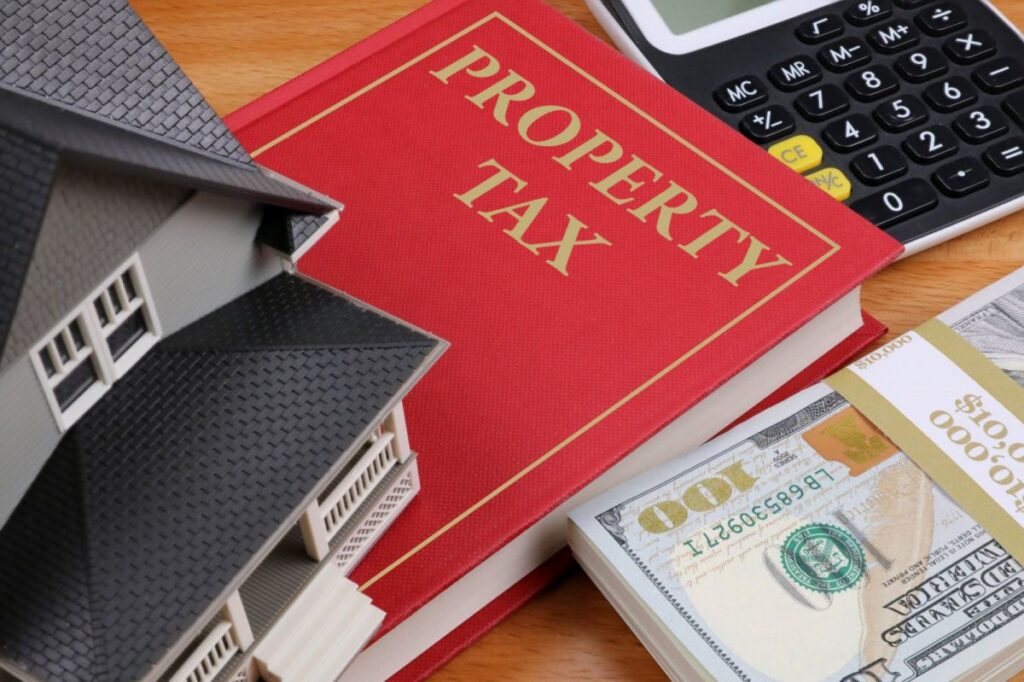Ever felt like your money is hiding from you in your wallet? You’re not alone. The cost of living is soaring like a kite on a windy day across the U.S. the Americans are in panic. Inflation is the uninvited guest at shopping trips, gas stations, and rent payments who won’t leave the party no matter how many hints we drop.
The High Cost of Paradise: Hawaii
Let’s talk about the elephant in the room: Hawaii. The land of breathtaking beaches and hula dancing isn’t the only thing anymore. And it’s a reigning champion regarding high living costs, with an average expenditure of $55,491 a year.
But before you start selling your surfboards, consider this: Additionally, residents of Aloha State also have the lowest amount of disposable income available annually at an annual amount of $5,929. Talk about a tropical paradox. It has high costs on everything from food to housing, because of its remote location and because it needs to import everything.
Mississippi: The Affordability Flag Bearer
On the other hand, Mississippi is holding up the affordability flag with an average annual splurge of $32,336 on basic expenses. That’s a difference of $23,155 from Hawaii!
While the cost of living may be lower, Mississippians still land at 49th place for disposable income and have just $12,844 of extra money to spend per year, one spot ahead of Hawaii. It’s kind of the valedictorian of summer school, and it’s good but with caveats. Although costs are lower in Mississippi, wages are so, too, and the relative disposable income is still modest.
New York: High Costs, High Earnings
New York, oh New York. It’s also no state to stop earning its keep. While New York has the fourth highest cost of living, people there strut around with an average disposable income of $25,427. It’s enough to buy a small island… in a very, very small lake.
A hefty balance of high wages emerged from finance, technology, and media sectors to help pay for the exorbitant costs of living in the Empire State.
Salary Gaps and Living Costs
Boston, meanwhile, Massachusetts claims the highest average annual salary at $76,700, but before you book it to the city, think about how Mississippi is bringing up the rear at $45,180. With that salary gap, it’s Grand Canyon-wide! This difference shows how disparate the economy is in states, impacting everything from whether people can afford a home to how they live their lives.

Transportation Costs: The Price of Getting Around
Transportation is highway robbery too, as Hawaii tops the list at a whopping $7,458 per year. Rhode Island, on the other hand, is something of the transportation Clark Kent, saving its residents an average of $3,037 a year. How was it a power to be small? Rhode Island is small, so commutes are all shorter routes and less transportation expenses.
Housing: The Cost of a Roof Overhead
Affordable housing with a median monthly cost of $752 is what West Virginia is for. But California is the Beverly Hills of housing expenses: $2,111 per month is the state’s median.
You are welcome to pay with gold bars. The housing prices are high by demand and the supply is very much less in California’s urban centers and the source of high prices is the issue of affordability.
Food & Healthcare: Remote Locations and Sky-High Costs
No state is as high on the food price mountain as Alaska, which averages $5,970 each year, while no state pays less for groceries than Oklahoma, where residents spend $2,287 less.
And healthcare? Alaska again, spends the most in the nation with an average yearly expenditure of $13,188, and Utah is the Florence Nightingale of health costs at $7,241. Alaska’s high costs are due in part to remote locations and logistics challenges and contribute to food and health care costs that are also very high.

Taxes: The Hidden Expense
So, let’s talk about income taxes. The cherry on top, though, goes to Hawaii with a total expenditure of $7,850, while South Dakota is printing money with its incredibly low-income tax costs of $3,704. Just remember that low taxes could mean paying through the nose for other essentials. States with no income tax often make up for it with higher sales or property taxes.
Strategies to Cope with Rising Costs
What can you do to navigate this cost-of-living crisis? Start by creating a budget that doesn’t make you cry every time you look at it. Consider a high-yield savings account to grow your money tree. Set up credit card alerts to keep your spending in check, and join loyalty programs to make your credit card work for you. Here are some detailed tips:
- Track Your Expenses: Use apps like Mint or YNAB to monitor where your money goes.
- Cut Unnecessary Costs: Evaluate subscriptions and memberships you rarely use.
- Increase Your Income: Consider side gigs or freelancing to boost your earnings.
- Invest Wisely: Look into low-risk investments or retirement accounts to grow your savings.
- Shop Smart: Use coupons, and cash-back apps, and buy in bulk to save on groceries.
Whether you’re living in the land of milk and honey or the state of penny-pinching, the rising cost of living is a universal challenge. But with a little humor and a lot of budgeting, you can keep your head above water in this economic wave pool. Just remember, when life gives you lemons, at least they’re cheaper in Oklahoma!
Related posts:
Examining The Cost Of Living By State In 2024
These are America’s 10 most expensive states to live in as inflation keeps rising
These are the world’s most expensive cities to live in right now



